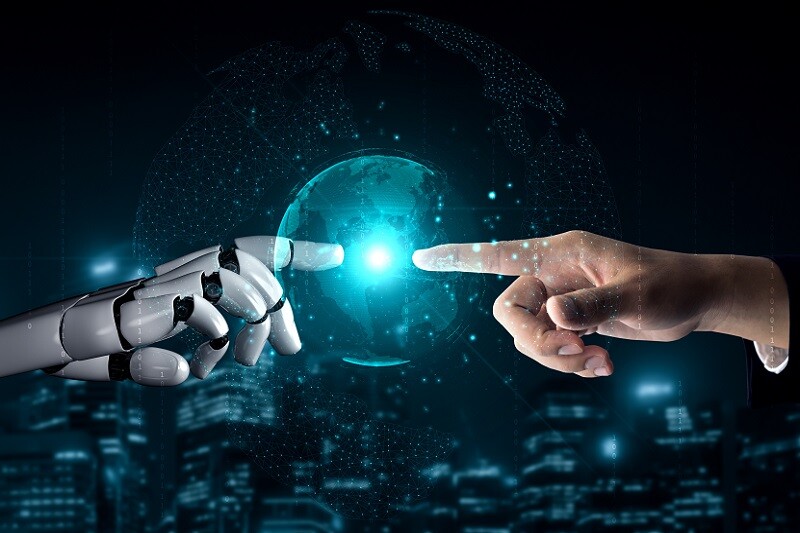In the era of digital transformation, the Internet of Things (IoT) emerges as a game-changer, reshaping industries, revolutionizing business operations, and enhancing everyday life. As a leading proponent of IoT technologies, we embark on a journey to explore the profound impact of IoT, its applications across various sectors, and the endless possibilities it presents for innovation and growth.
Understanding the Internet of Things
At its core, the Internet of Things refers to the network of interconnected devices, sensors, and systems that collect, exchange, and analyze data to automate processes, optimize performance, and drive informed decision-making. By enabling seamless communication between physical objects and digital systems, IoT empowers organizations to monitor, control, and manage assets remotely, leading to greater efficiency and productivity.
Key Components of IoT
1. Devices and Sensors
IoT ecosystems consist of a diverse array of devices and sensors embedded with connectivity capabilities, allowing them to collect and transmit data in real-time. These devices range from smart thermostats and wearable devices to industrial machinery and autonomous vehicles, each contributing valuable insights to the IoT network.
2. Connectivity
Connectivity forms the backbone of IoT infrastructure, facilitating communication between devices and enabling data exchange over wireless or wired networks. Technologies such as Wi-Fi, Bluetooth, and cellular networks enable seamless connectivity across devices, ensuring uninterrupted data transmission and interaction.
3. Data Analytics
Data analytics plays a crucial role in IoT ecosystems, as it involves processing, analyzing, and deriving actionable insights from the vast amounts of data generated by connected devices. Advanced analytics techniques such as machine learning and predictive analytics enable organizations to uncover patterns, trends, and anomalies in IoT data, empowering them to make data-driven decisions and optimize business outcomes.
Applications of IoT
1. Smart Cities
IoT technologies are transforming urban landscapes into smart cities by integrating infrastructure, services, and utilities to enhance efficiency, sustainability, and quality of life. Smart city initiatives leverage IoT-enabled solutions such as smart grids, intelligent transportation systems, and environmental monitoring platforms to optimize resource allocation, reduce carbon emissions, and improve public safety.
2. Healthcare
In the healthcare sector, IoT is revolutionizing patient care delivery, remote monitoring, and medical device management. Connected healthcare devices such as wearable fitness trackers, remote patient monitoring systems, and smart medical implants enable healthcare professionals to monitor patient health in real-time, facilitate early intervention, and improve treatment outcomes.
3. Manufacturing
IoT is driving digital transformation in the manufacturing industry, ushering in the era of Industry 4.0 by connecting machines, processes, and supply chains to enable smart manufacturing capabilities. IoT-enabled solutions such as predictive maintenance, asset tracking, and supply chain optimization enhance operational efficiency, reduce downtime, and enable agile production processes.
The Future of IoT
As IoT continues to evolve and proliferate, its impact on society, economy, and technology will only deepen. Advancements in edge computing, artificial intelligence, and 5G connectivity will unlock new opportunities for innovation and disruption, further accelerating the adoption of IoT across industries and driving unprecedented levels of connectivity, automation, and intelligence.
Conclusion
In conclusion, the Internet of Things represents a paradigm shift in the way we interact with the world around us, transforming everyday objects into intelligent, connected devices that enhance our lives and reshape industries. As we embrace the potential of IoT technologies, we embark on a journey of innovation, collaboration, and exploration, unlocking new possibilities and driving sustainable growth in the digital age.





